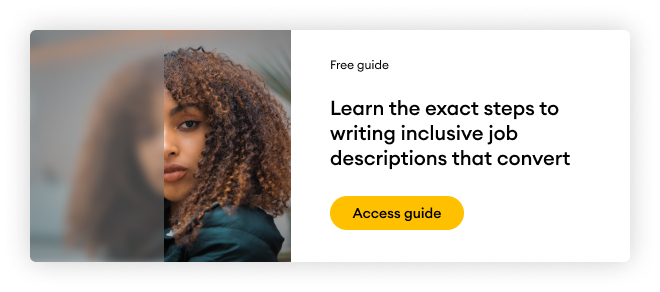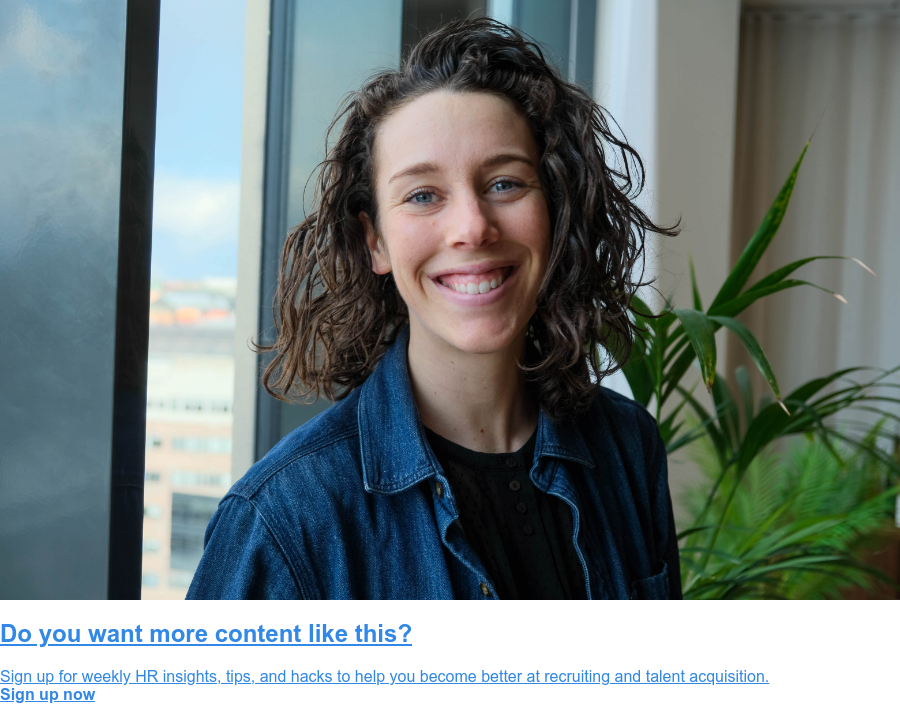So let’s think about the ABCs of attracting diverse talent - the job description. How can you make it more effective and inclusive?
Masculine language attracts masculine candidates
The problems with language used in job ads have recently been coming to light. Language can be subtly “gender-coded”, without us even realizing it. Societal expectations of people vary according to their gender, and that seeps into the language we use.
Researchers from the University of Waterloo and Duke University conducted a number of studies on this topic involving word manipulation of 4,000 job advertisements and a series of empirical studies. Their conclusion?
Women might simply feel they don't belong in that role if the words used to describe it are ones they do not often identify with - words such as “aggressive”, “competitive”, “independent”.
The solution? Use gender-neutral language in job ads.
Women felt far more qualified for positions with neutral or feminine language in the job description compared to one with a description with masculine characteristics. Interestingly, no effect was found for men - they applied regardless of the language used. Having gender-neutral language and characteristics could promote equality and encourage women and other genders to apply.
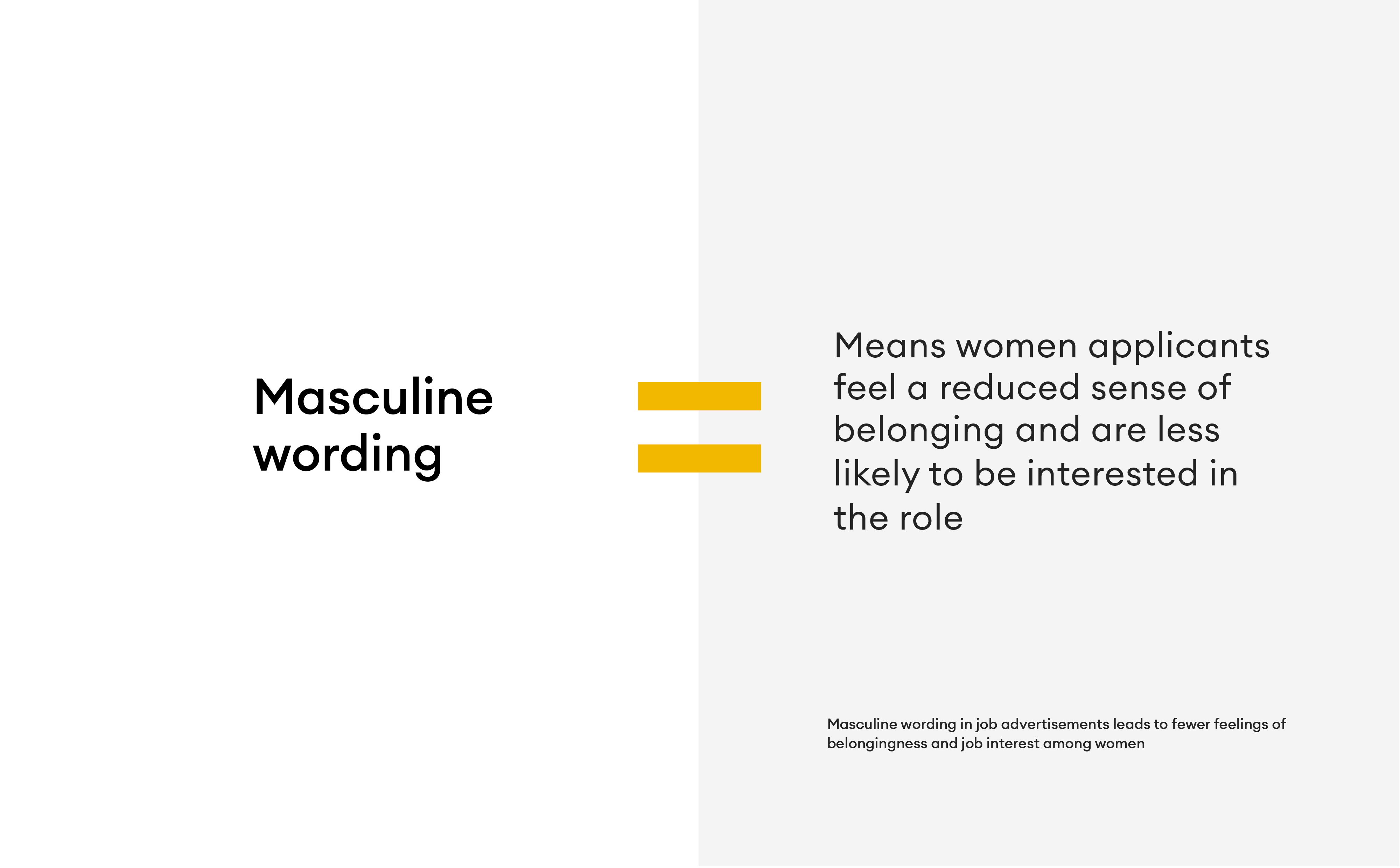
It’s also been found to be helpful to use behaviours and verbs (e.g., doing words such as “managing”, “leading”, “creating”) rather than nouns (“manage, “lead”, “create”) or adjectives (“manager, “leader”, “creator”). Researchers from the Netherlands found that changing the format increased the chances of women applying. Again, there was no impact on the number of men who applied. Meaning? Men apply for those roles regardless of format or language.
Gendered language and leadership positions in job descriptions
This rings particularly true for adverts for leadership positions. Unfortunately, the perception of leadership is still associated with traditional models of masculinity. Therefore, leadership identity is based around traditionally male traits and that can lead to women or other genders not identifying with it and not viewing themselves as managers.
Researchers at the University of Bern found that “women judged themselves as less suitable for the leadership position than men and participants' self-reported agency mediated this effect”. Simply put: gendered language feeds into women’s beliefs that they aren’t managers; men feel that they can be leaders so that helps motivate them to apply for the job.
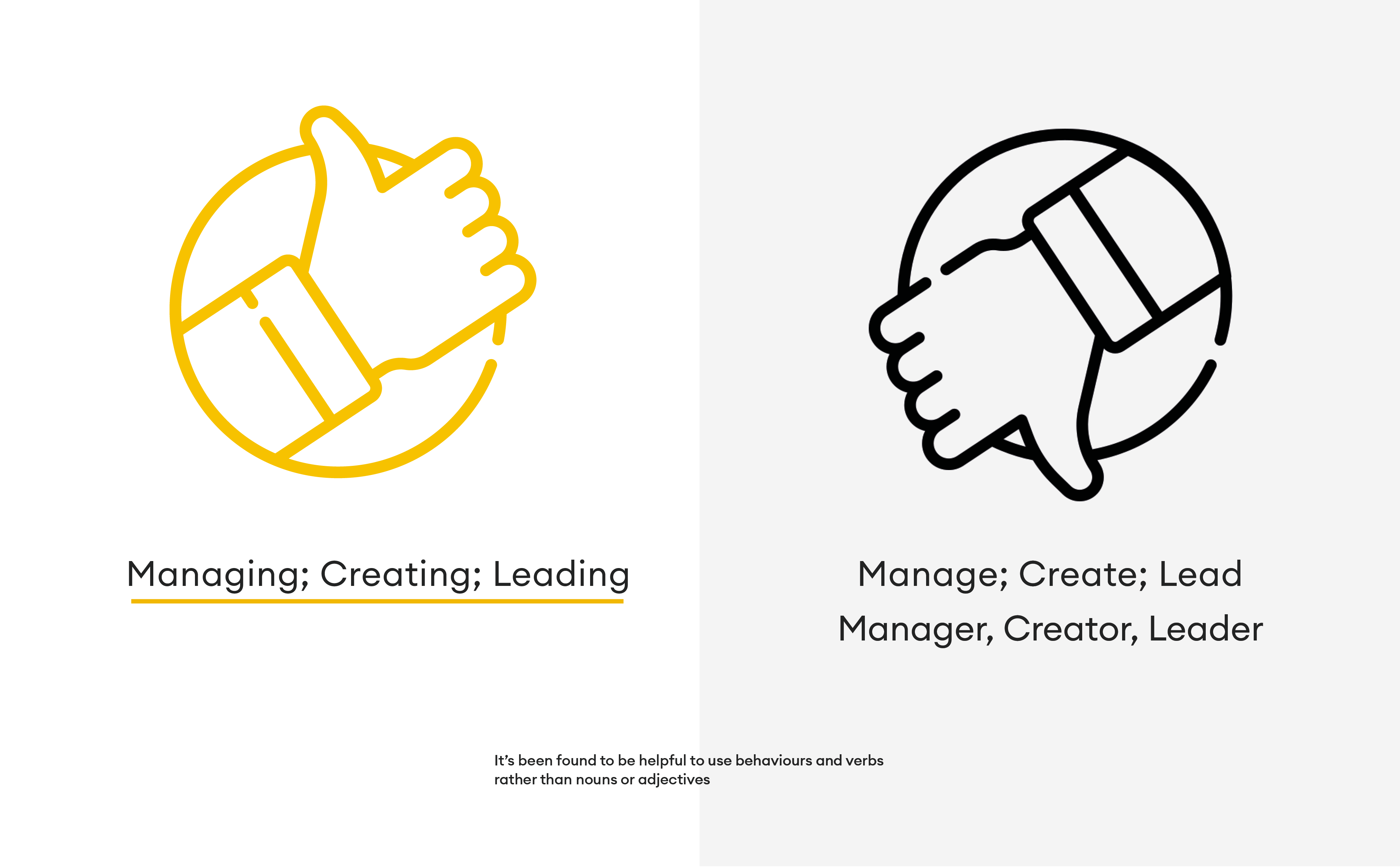
How wish lists can decrease diversity in a job description
We know that women don't apply for jobs unless they feel they are fully qualified. We also know how a requirement for a certain number of years of experience could be increasing bias in your recruitment process.
What can you do about it in your job advert to decrease the chances of that happening? Stick to the essentials when you’re writing the requirements for the role.
Kajsa Asplund, Ph.D. and expert in talent management says,
“The more your list of requirements reads like a wish list, the higher the risk that you lose out on diverse talent.”
“Candidates from groups that are underrepresented in a certain role or industry tend to be more hesitant to apply when they don't tick all the boxes, whereas a majority candidate often applies anyway.
Many of the things we put on a requirement list can actually be learned on the job. A good rule-of-thumb before writing job ads is to ask yourself: 'Which of these things did our current high performers master when they entered?' Chances are, you'll realize those things are fewer than you think. What characterizes high-performers is rather that they learn along the way.”
Another tip - along with keeping it minimal in the list of requirements, be proactive and make it a point to encourage people to apply even if they don’t fit the bill 100%.
How your employer brand can help attract diverse candidates
Transparency with candidates is quickly becoming a necessity and your organization’s stance on Equity, Diversity, and Inclusion is no exception. 78% of job seekers say they want to work for companies that value diversity. and in today’s talent market you need to be looking to all avenues to increase your resilience. Include your organization’s EDI statements in the ad in order to let the candidates know what your EDI goals are and how you’re working towards them.
Showcase how your processes and policies are inclusive - for example, what measures have you taken within your recruitment processes to decrease the possibility of bias? What is your parental leave policy? What is your stance on working from home?
Use concrete examples of how your company has built a culture of inclusivity to encourage diversity. This will also help paint a picture for the candidates about the type of work environment that likely exists within your organization.
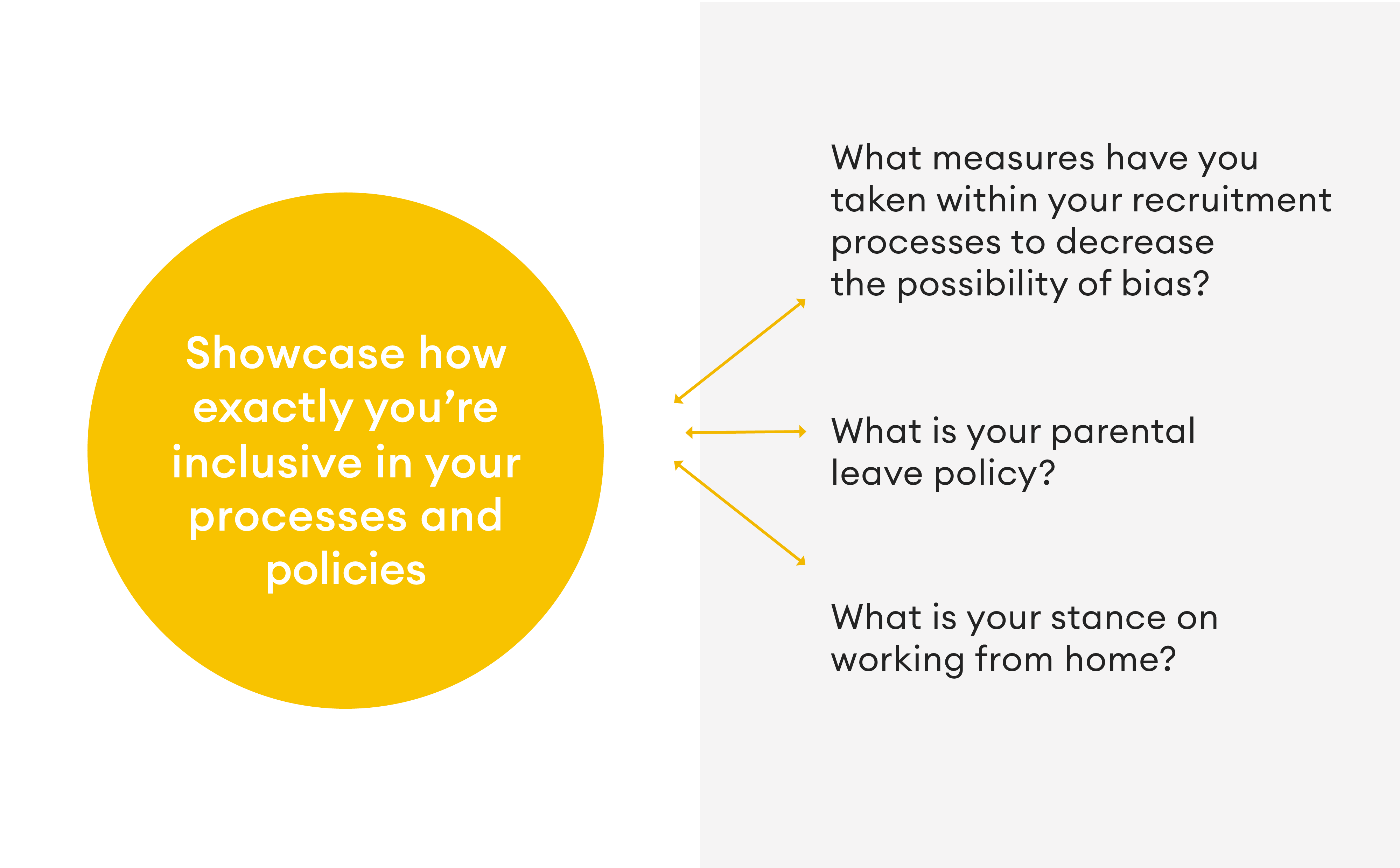
Lastly, actively encourage people with diverse backgrounds to apply - with a personalised touch. If you have your core company values, include them to help you define why you encourage people from all walks of life to apply.
Those were examples of what you could do to showcase your brand in the job ad - and you need to have worked upon your employer branding before you do so.
Long story short?
Increasing diversity won’t happen with one magical change. In order to attract and retain all types of talent, you need to take concrete steps towards being an equal opportunity employer in order to get the EDI ball rolling.
Including these foundational principles in your job ad is one such step with which you will be increasing your chances of attracting diverse talent. Sourcing candidates appropriately will be your next challenge to tackle but starting with an inclusive and effective job ad is a strong start.

